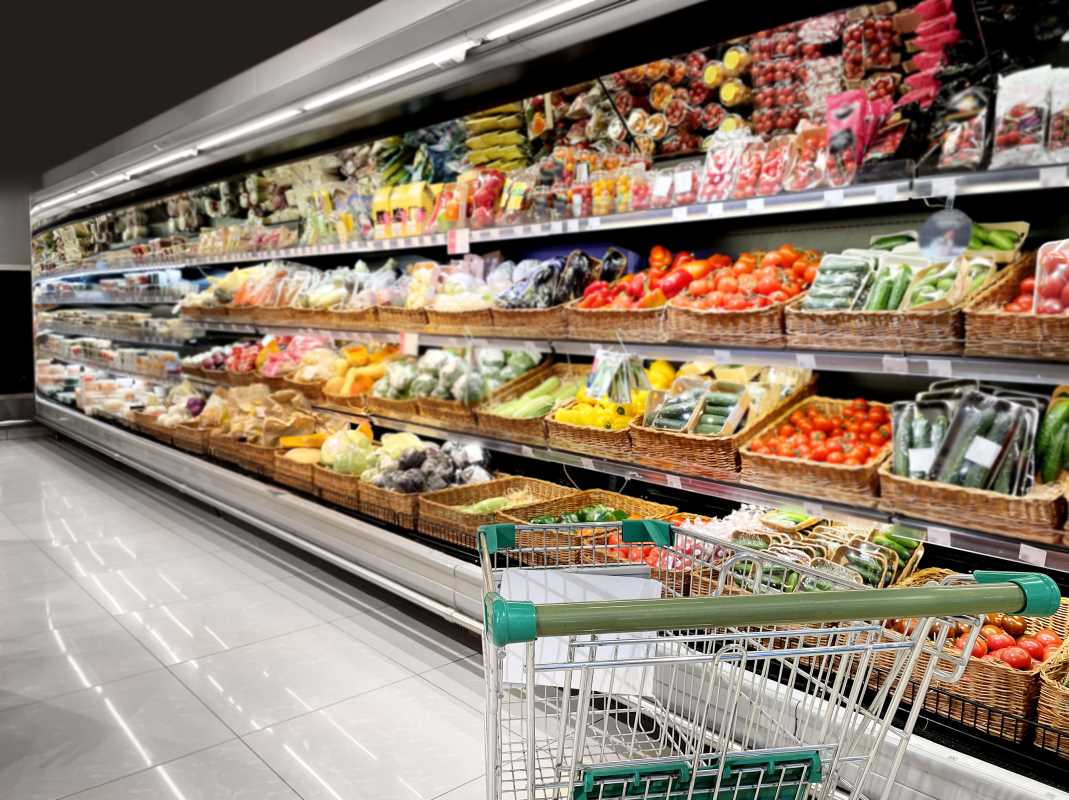Adopting a zero-waste lifestyle isn't just a trend; it represents a meaningful shift towards living more sustainably and responsibly. By focusing on reducing the amount of waste we produce, we not only help the environment but also create a more organized and efficient home. One of the most significant areas where you can implement zero-waste principles is grocery shopping. Mastering this aspect can make a considerable difference in achieving a sustainable household.
Understanding Zero-Waste Grocery Shopping
Zero-waste grocery shopping involves minimizing the waste generated from your food purchases. Instead of relying on single-use packaging and disposable items, this approach encourages using reusable containers and thoughtful purchasing habits. The primary benefits include reducing your environmental footprint, saving money in the long run, and building a deeper connection with the food you consume.
The key principles of zero-waste grocery shopping involve planning your meals ahead, buying bulk items, avoiding processed foods with excessive packaging, and opting for products that use sustainable materials. By embracing these principles, you contribute to a healthier planet and promote a more mindful way of living.
How to Plan Your Grocery Shopping
- Meal Planning: Outline your meals for the week to ensure you buy only what you need, reducing food waste.
- Inventory Checking: Before shopping, check what you already have at home to avoid unnecessary purchases.
- List Making: Create a detailed shopping list based on your meal plan and inventory to stay organized.
- Portion Control: Buy the right amount of each item to minimize leftovers that might go to waste.
- Seasonal Choices: Select fruits and vegetables that are in season for better quality and lower costs.
Effective planning not only streamlines your shopping trips but also ensures that you stick to your zero-waste goals. By anticipating your needs and organizing your purchases, you make the entire process smoother and more efficient.
Planning also helps in budgeting your expenses, as you’re less likely to make impulse buys that often lead to waste. It encourages you to explore new recipes and ingredients, making your meals more diverse and exciting.
Essential Tools for a Zero-Waste Shopping Trip
Having the right tools can make zero-waste shopping much easier. Start with reusable bags made from durable materials to carry your groceries without relying on plastic bags. Reusable containers are essential for buying bulk items like grains, nuts, and spices. Glass jars, stainless steel containers, and silicone bags are great options that can be used repeatedly without degrading.
This method not only provides you with fresh, organic produce but also reduces the need to purchase items that come with packaging. Plus, it ensures that you have a steady supply of greens and other vegetables, lessening the chances of food spoilage and waste. Embracing aquaponics in your living room can enhance your zero-waste lifestyle by allowing you to grow fresh produce right at home.
Consider bringing your own utensils or cutlery if you plan to eat out or buy prepared foods. These small changes can significantly reduce the amount of disposable waste you generate.
Organizing your kitchen with these essentials also makes it easier to maintain a zero-waste routine. Having designated spots for your reusable items encourages consistent use and helps in keeping track of what you need to replenish.
Shopping Tips for a Zero-Waste Lifestyle
- Buy in Bulk: Purchasing items in bulk reduces packaging waste and often saves money. Use your own containers to store bulk goods.
- Choose Sustainable Packaging: Opt for products with minimal or recyclable packaging. Avoid single-use plastics whenever possible.
- Support Local Producers: Buying from local farmers and markets often means less packaging and fresher products.
- Bring Your Own Containers: Have containers for liquids, grains, and other items that typically come in disposable packaging.
- Avoid Pre-Packaged Items: Pre-packaged foods usually have more packaging waste. Choose whole foods instead.
Implementing these tips can transform your shopping habits and significantly reduce your household waste. By being mindful of how you purchase and store your groceries, you take active steps toward a more sustainable lifestyle.
These tips encourage you to develop a closer relationship with your food sources, creating a greater appreciation for the effort involved in bringing food to your table.
Addressing Challenges in Zero-Waste Shopping
Transitioning to zero-waste grocery shopping comes with its challenges. One common obstacle is the initial investment required for reusable items. Think of this as a long-term investment that pays off by reducing the need to purchase disposable products continuously.
Another challenge is finding stores that support zero-waste practices. Many shoppers might initially struggle with limited options, but the growing demand for sustainable products is encouraging more retailers to adopt these practices. Patience and persistence are key as you explore and identify stores that align with your zero-waste goals.
Some items may be difficult to find in bulk or with sustainable packaging. In such cases, consider alternatives or get creative with storage solutions. For example, you can repurpose glass jars or other containers from home to store products that typically come in packaging.
Being flexible and resourceful helps you navigate these challenges effectively. Remember that every small step counts towards a larger impact on the environment.
Integrating Aquaponics for Fresh Produce
Incorporating aquaponics into your home can significantly complement your zero-waste grocery shopping efforts. Aquaponics combines aquaculture and hydroponics, allowing you to grow fresh produce indoors with minimal waste. By setting up an aquaponics system, you can cultivate herbs, vegetables, and even some fruits right in your living space.
This method provides you with fresh, organic produce and reduces the need to purchase items that come with packaging. Plus, it ensures that you have a steady supply of greens and other vegetables, lessening the chances of food spoilage and waste. Learn how to grow fresh produce with aquaponics in your living room and take your zero-waste lifestyle a step further.
Aquaponics systems are efficient in water usage and can be set up in various spaces, making them suitable for different living environments. This adaptability means that virtually anyone can enjoy the benefits of growing their own food, regardless of space constraints.
By integrating aquaponics, you enhance your self-sufficiency and contribute to reducing the overall demand for commercially grown produce, which often involves significant packaging and transportation-related waste.
Mastering zero-waste grocery shopping is a transformative journey towards a more sustainable and organized lifestyle. By understanding the principles, planning effectively, using the right tools, and overcoming challenges, you can significantly reduce your household waste. Integrating practices like aquaponics further enhances your efforts, making a positive impact on both the environment and your personal well-being. Embrace these tips and take meaningful steps towards a zero-waste home today.
 (Image via
(Image via





